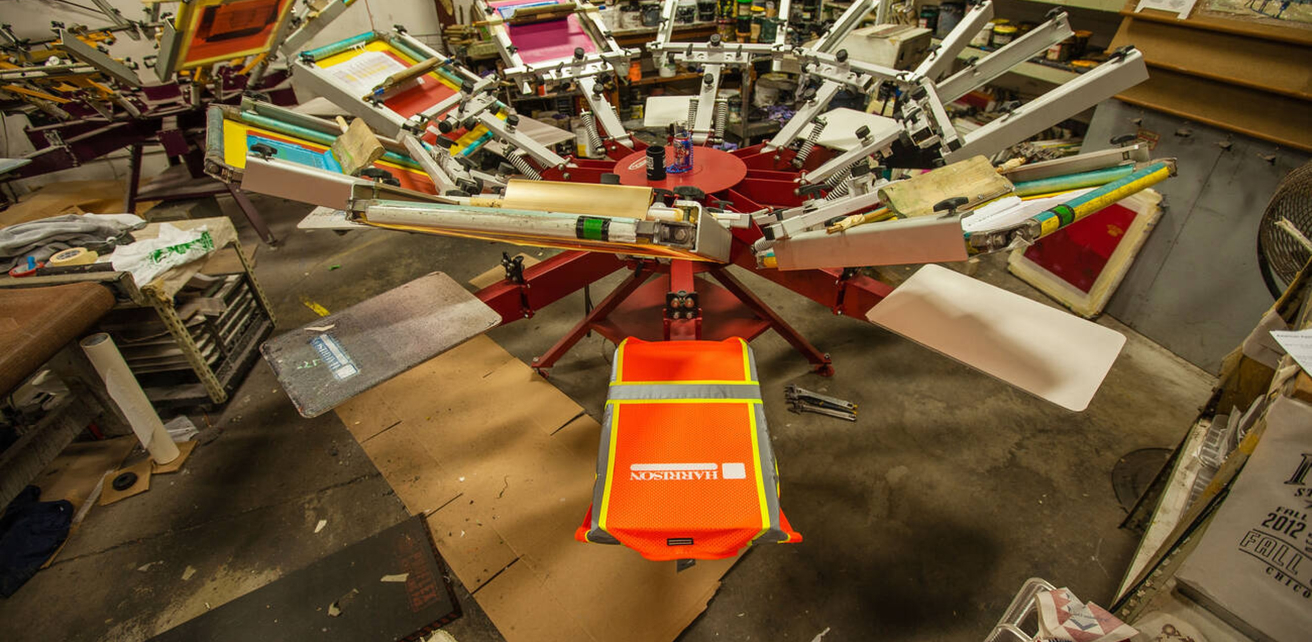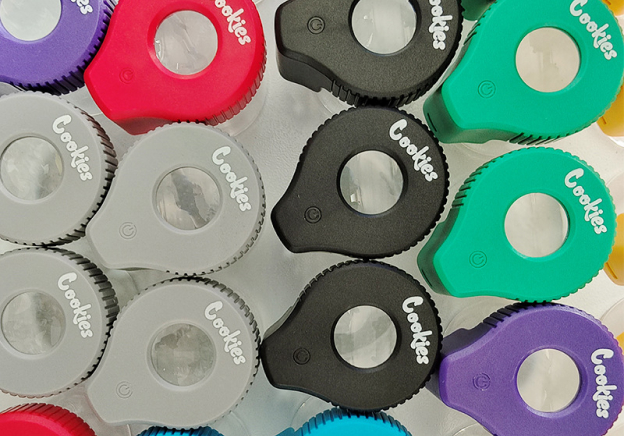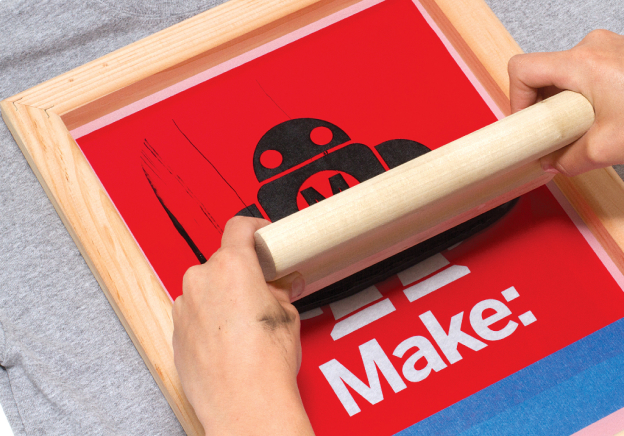

What is Silkscreen Printing?
Silkscreen printing, also known as screen printing or serigraphy, is a printing technique where ink is pushed through a stenciled mesh screen to create a printed design. This method is traditionally used for creating vibrant, high-quality prints on a variety of materials.
How Silkscreen Printing Works
Design Creation: The design is created and then transferred onto a screen, which is typically made of fine mesh stretched tightly over a frame.
Stencil Preparation: A stencil of the design is created on the screen, blocking out areas where ink should not pass through.
Printing Process: Ink is placed on the screen, and a squeegee is used to push the ink through the mesh onto the printing surface. Each color in the design requires a separate screen and printing pass.
Drying/Curing: The printed item is then dried or cured to set the ink.
Why Silkscreen Printing?
Silkscreen printing is chosen for several reasons:
Vibrant Colors: It can produce very vivid and opaque colors, even on dark materials.
Durability: Screen-printed designs are highly durable and can withstand repeated washing and exposure to the elements.
Versatility: Suitable for a wide range of materials, including textiles, paper, wood, glass, and plastic.
Cost-Effective for Large Runs: Once the screens are prepared, the cost per print is relatively low, making it economical for large quantities.
Pros and Cons of Silkscreen Printing
Pros:
High Quality: Produces vibrant, durable, and high-quality prints.
Versatility: Can be used on a wide variety of materials and surfaces.
Cost-Effective for Large Runs: Economical for producing large quantities of prints.
Customizable: Allows for thick layers of ink, creating special effects and textures.
Cons:
Setup Cost: High setup cost due to the need for creating screens, making it less economical for small runs.
Complexity: Each color in the design requires a separate screen and printing pass, which can be time-consuming and complex.
Not Ideal for Small Runs: Less cost-effective for small quantities due to the setup involved.
Limited Detail: Fine details and gradients can be challenging to reproduce.
Suitable Materials for Silkscreen Printing
Silkscreen printing is highly versatile and can be applied to a wide range of materials, including:
Textiles: T-shirts, hoodies, bags, and other fabrics.
Paper and Cardboard: Posters, flyers, packaging, and business cards.
Plastics: Signs, promotional items, and containers.
Glass and Ceramics: Bottles, mugs, and decorative items.
Metal: Signs, panels, and promotional items.
Wood: Signs, furniture, and art pieces.
Silkscreen printing is a popular and time-tested printing method known for its ability to produce high-quality, durable prints on a wide range of materials. It is particularly advantageous for large production runs, offering vibrant colors and strong opacity.





